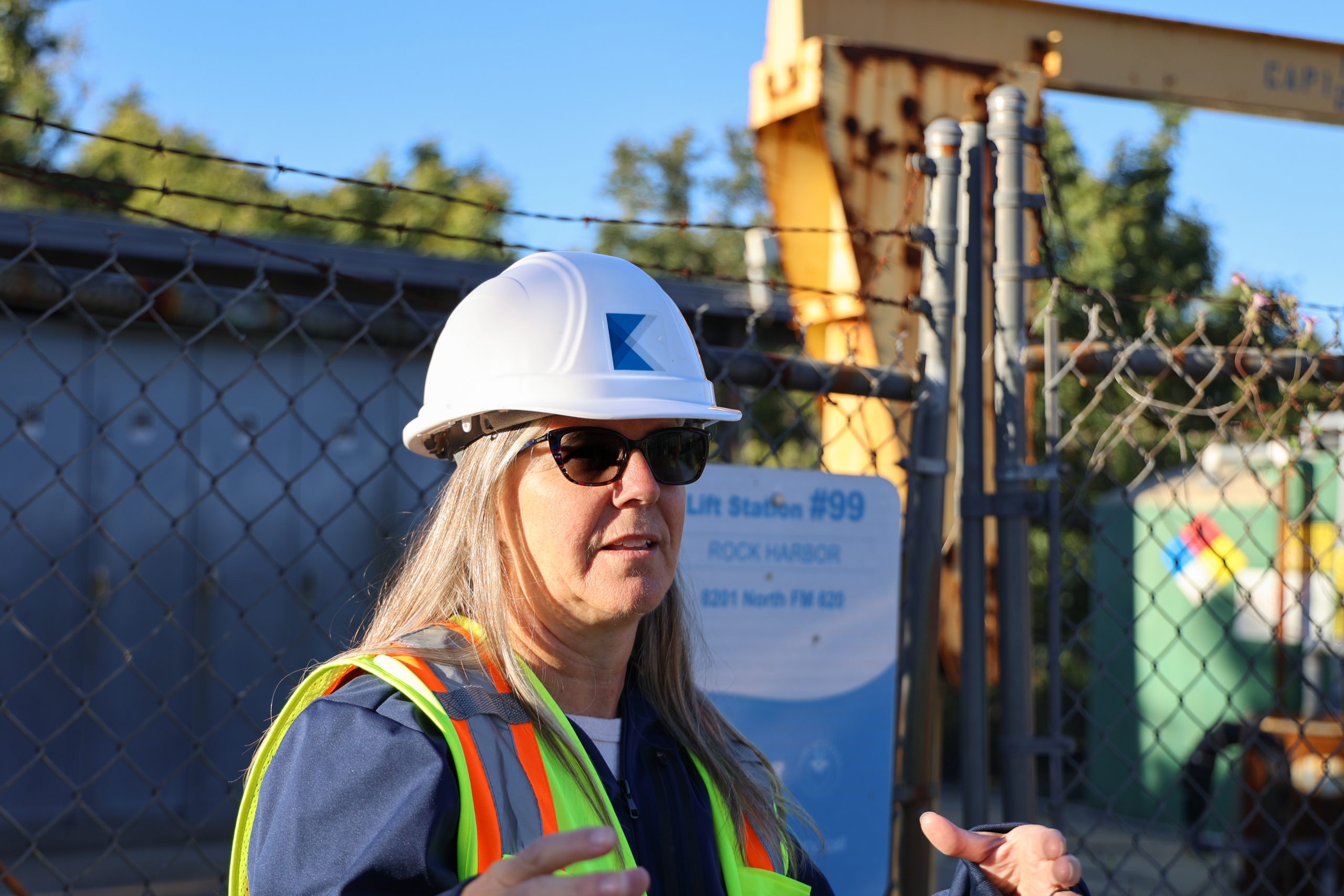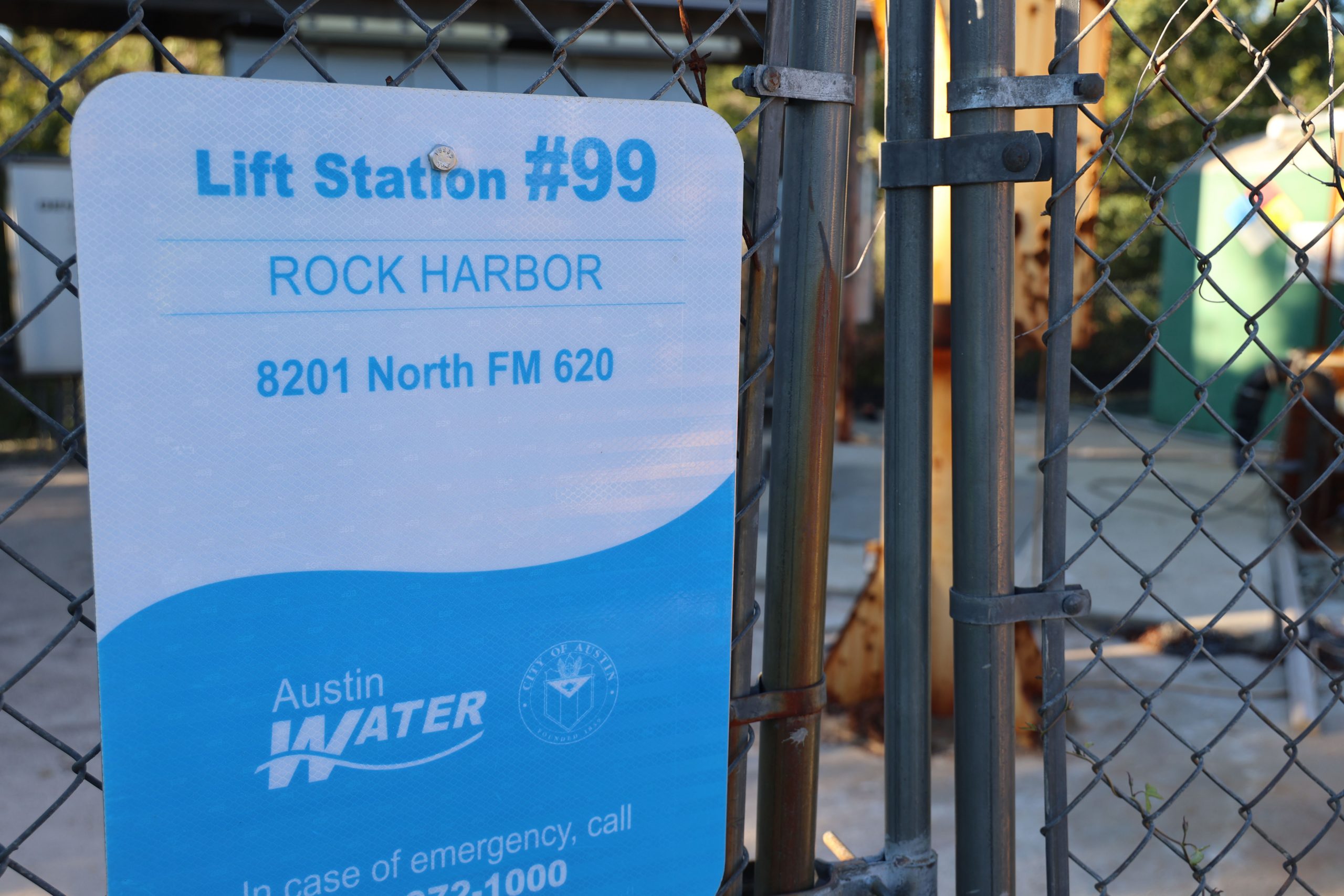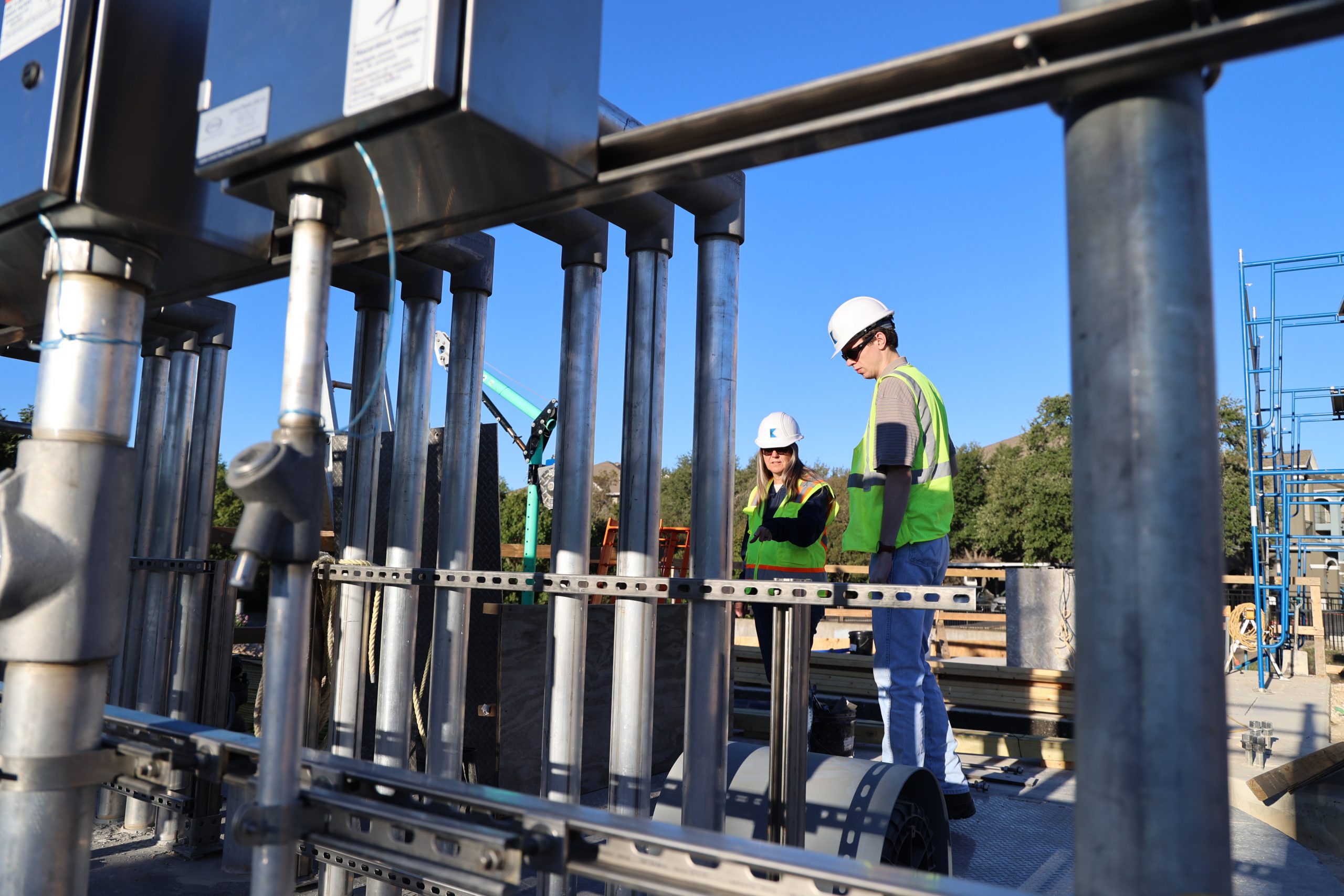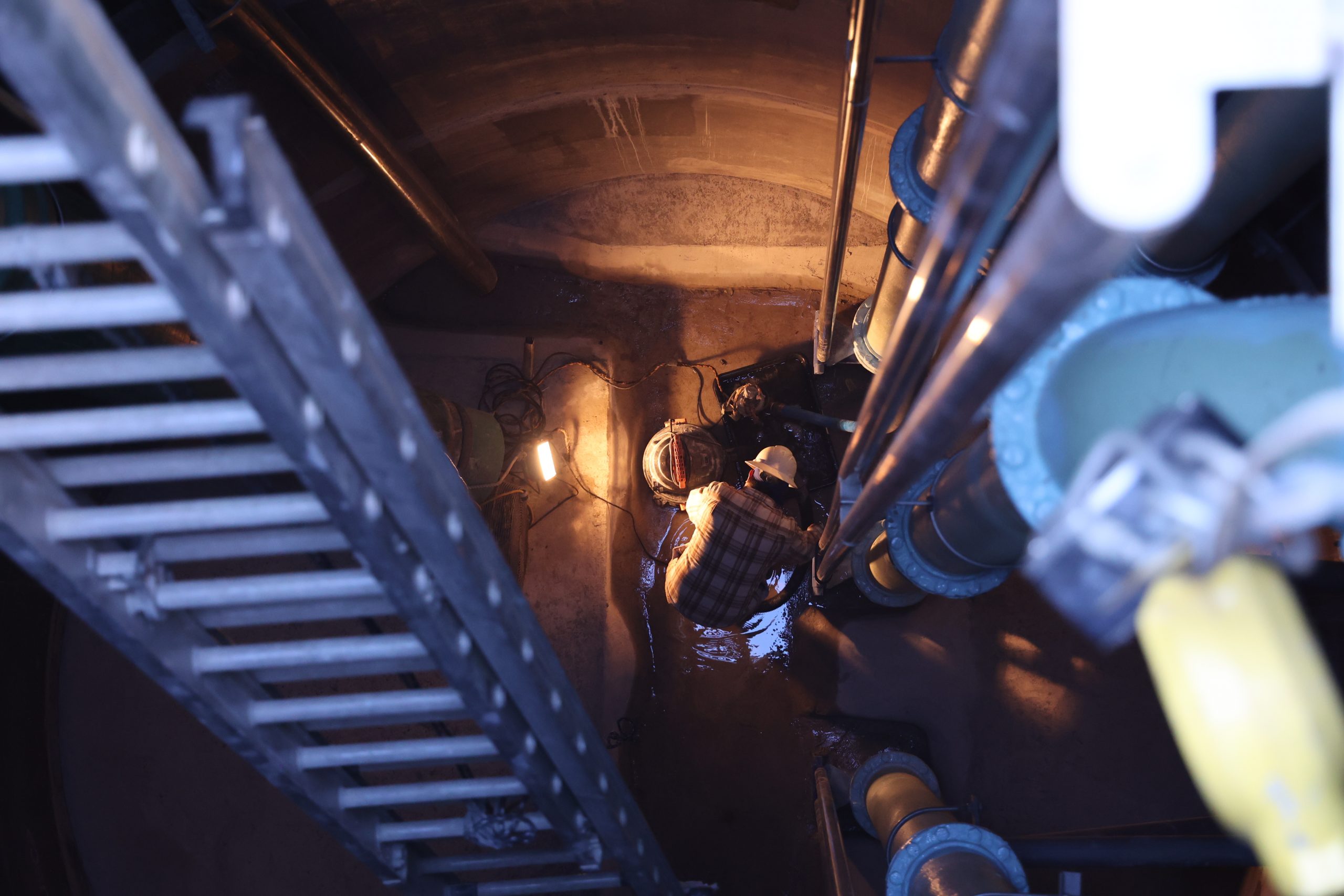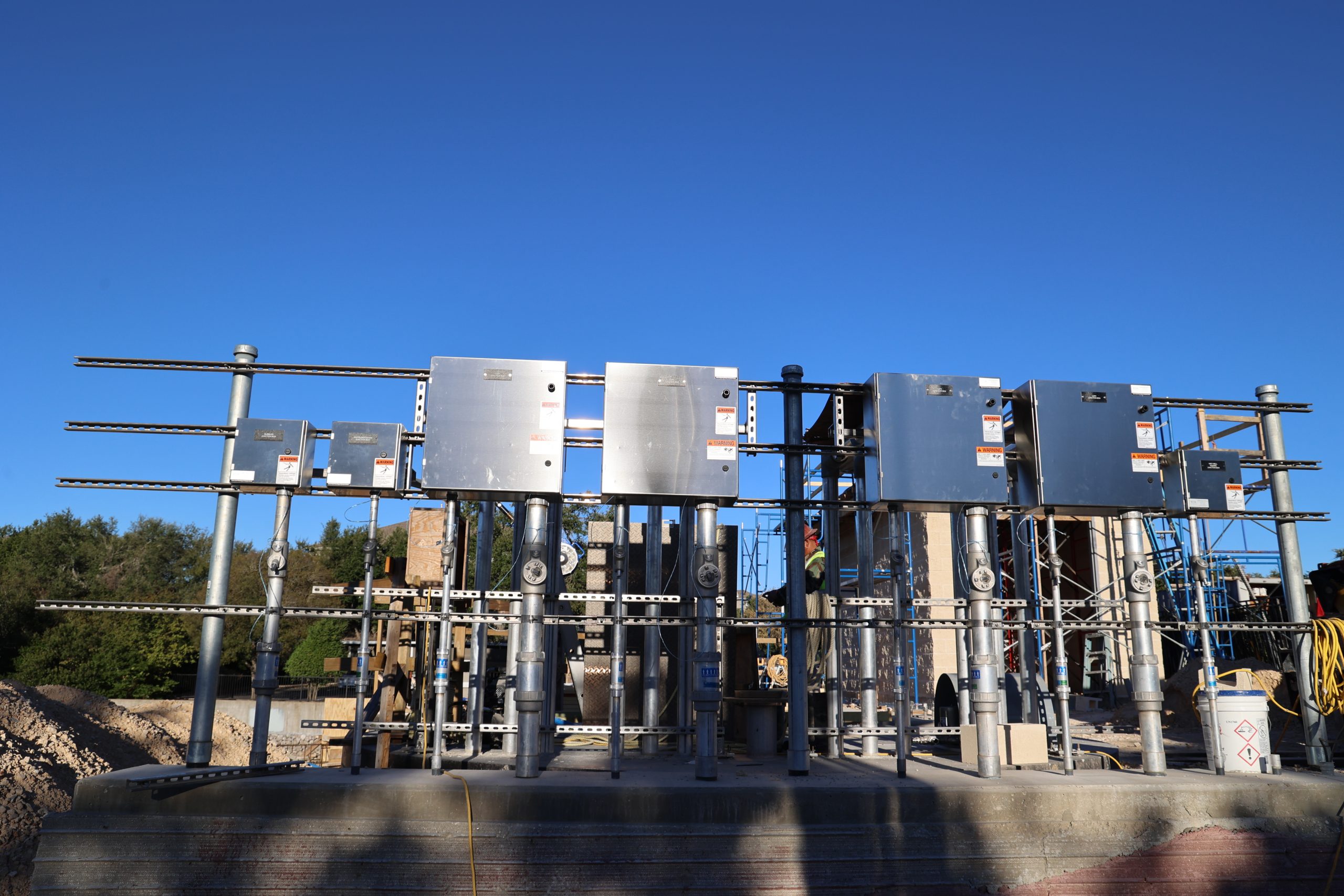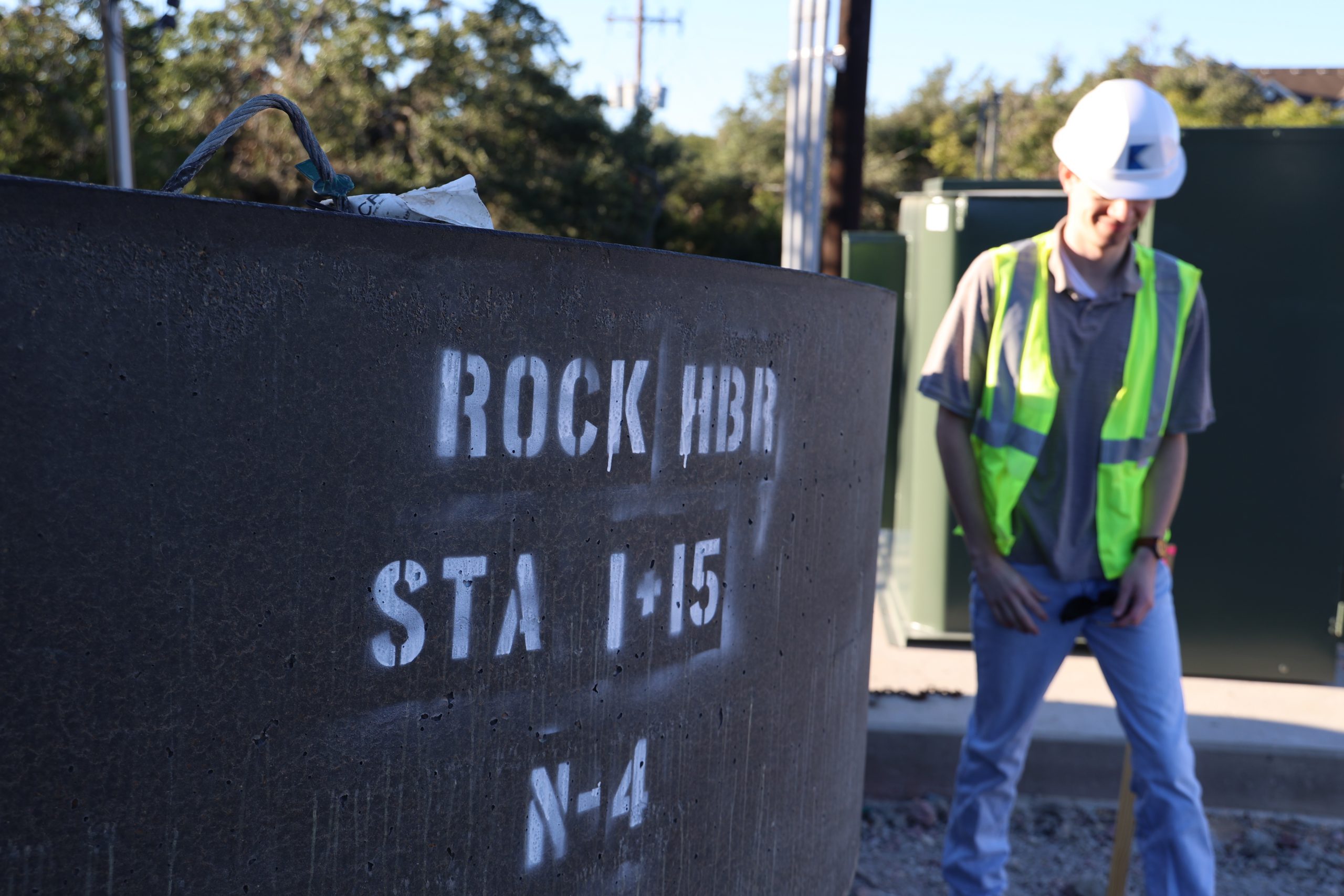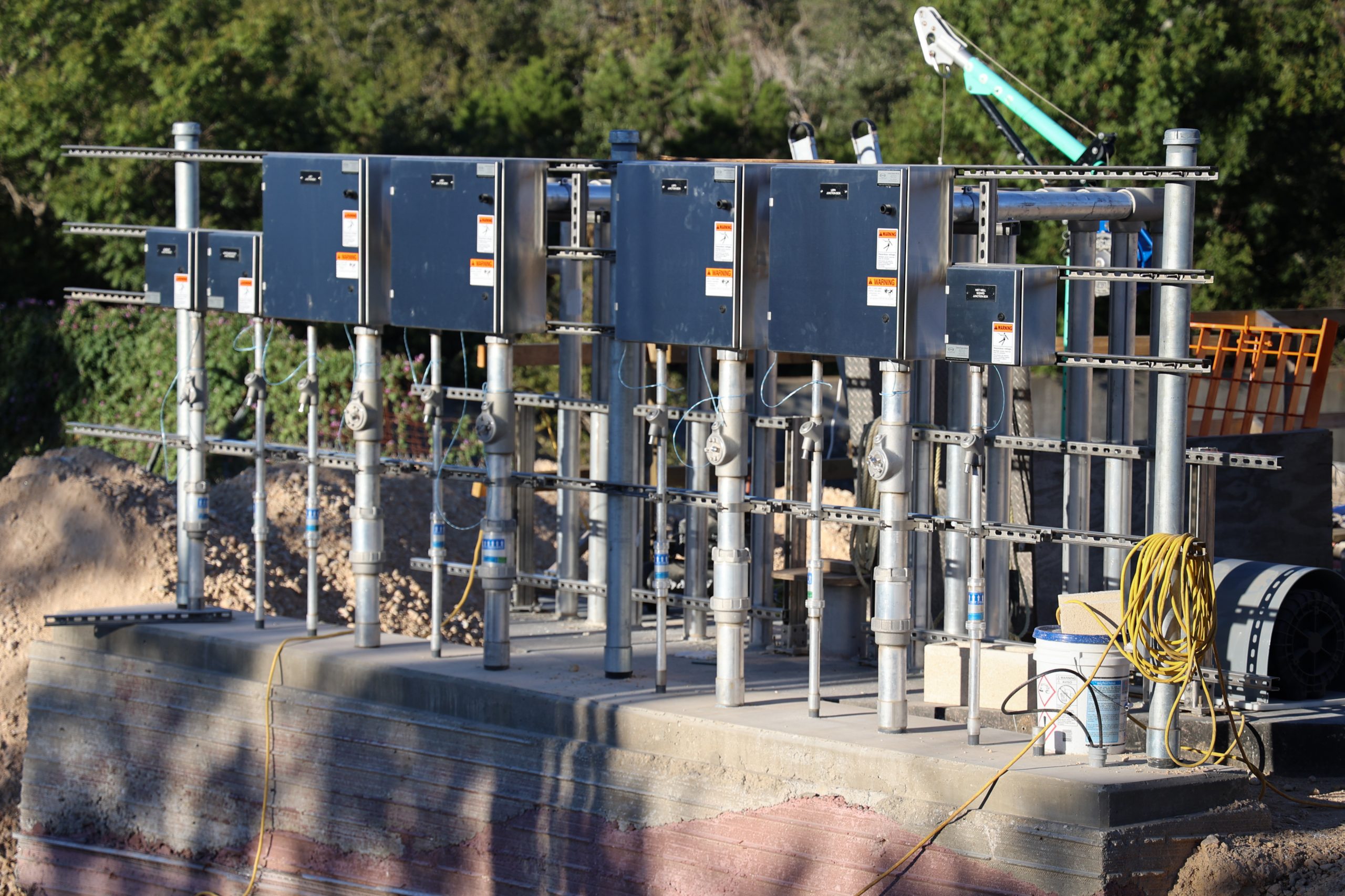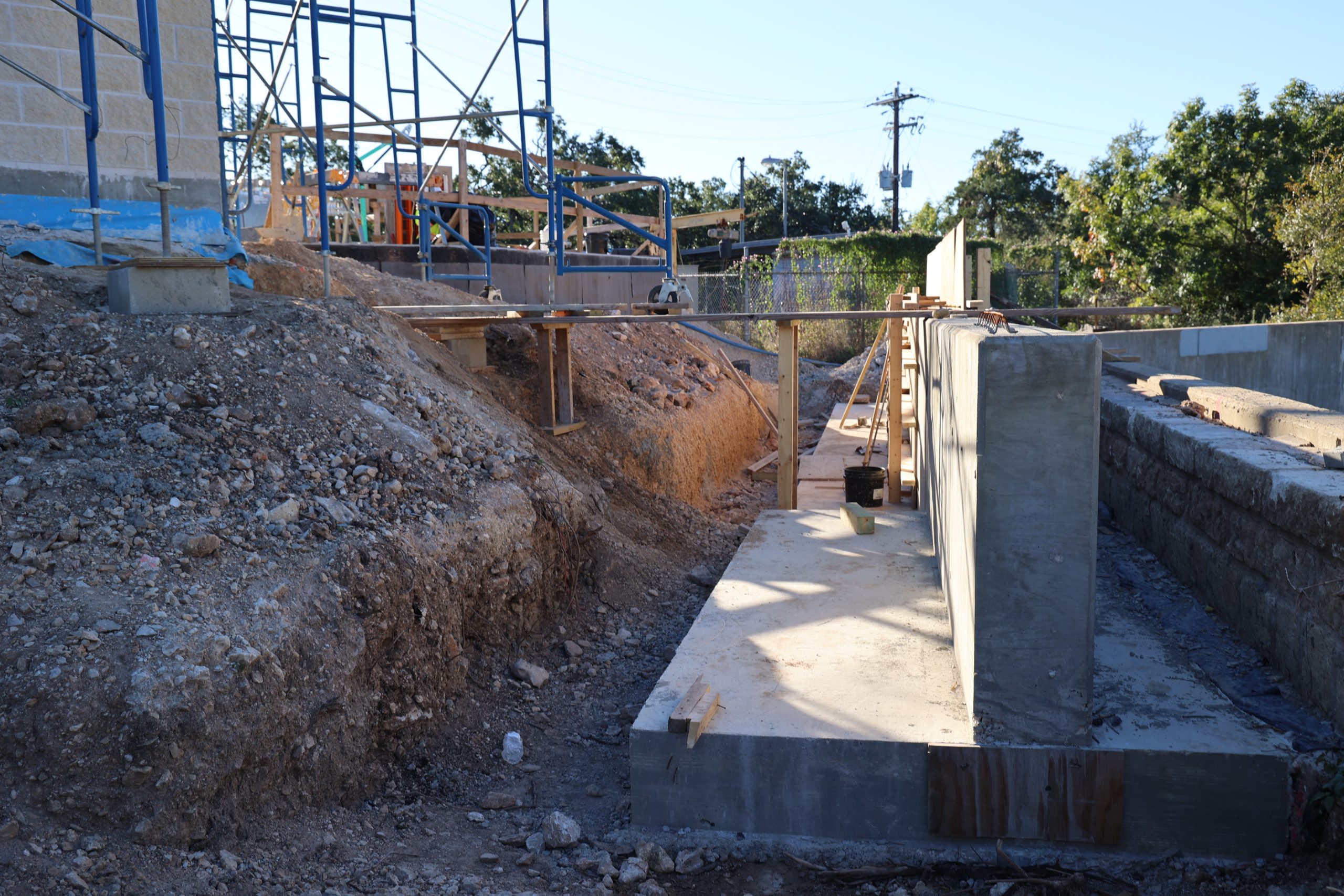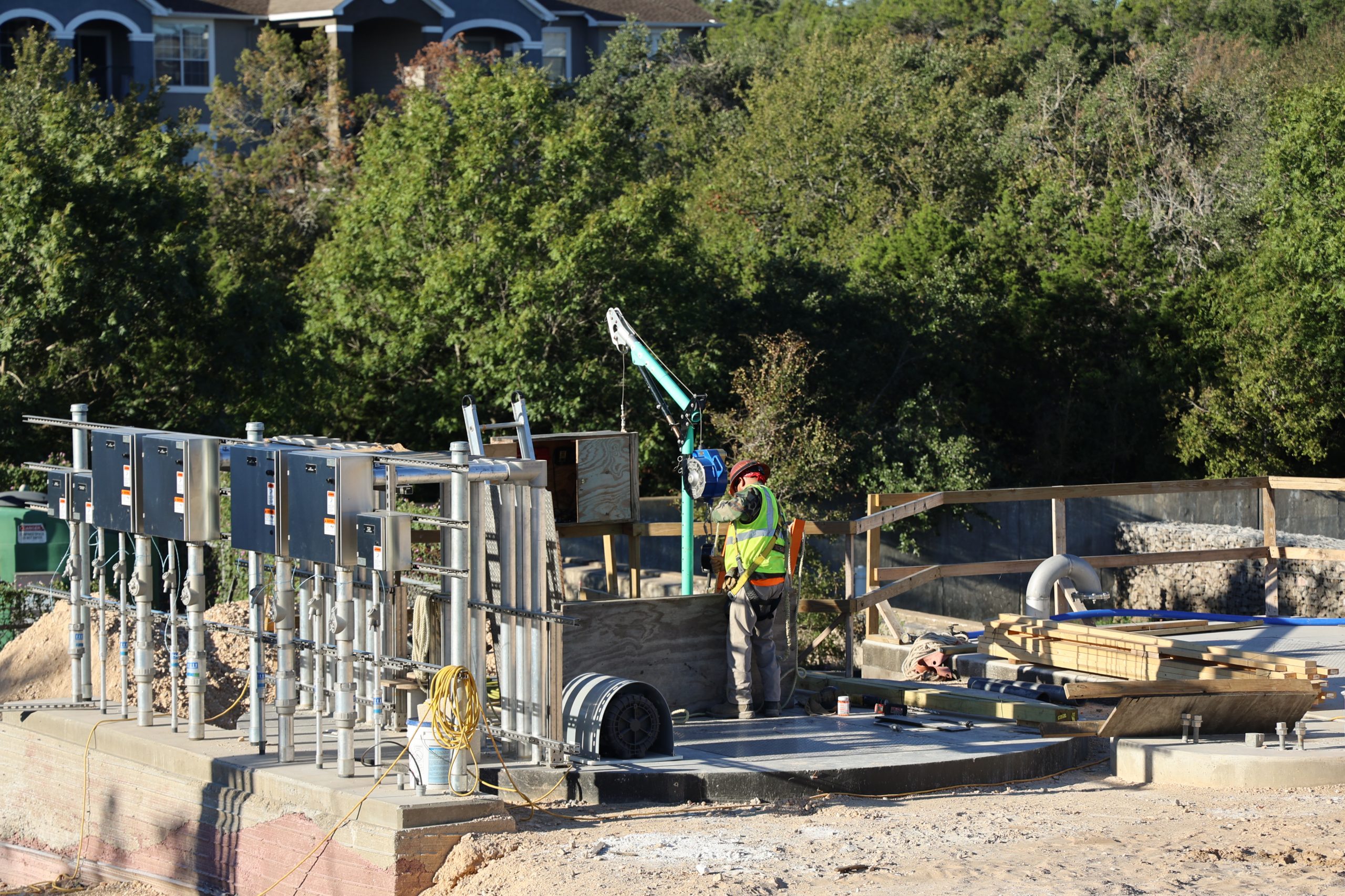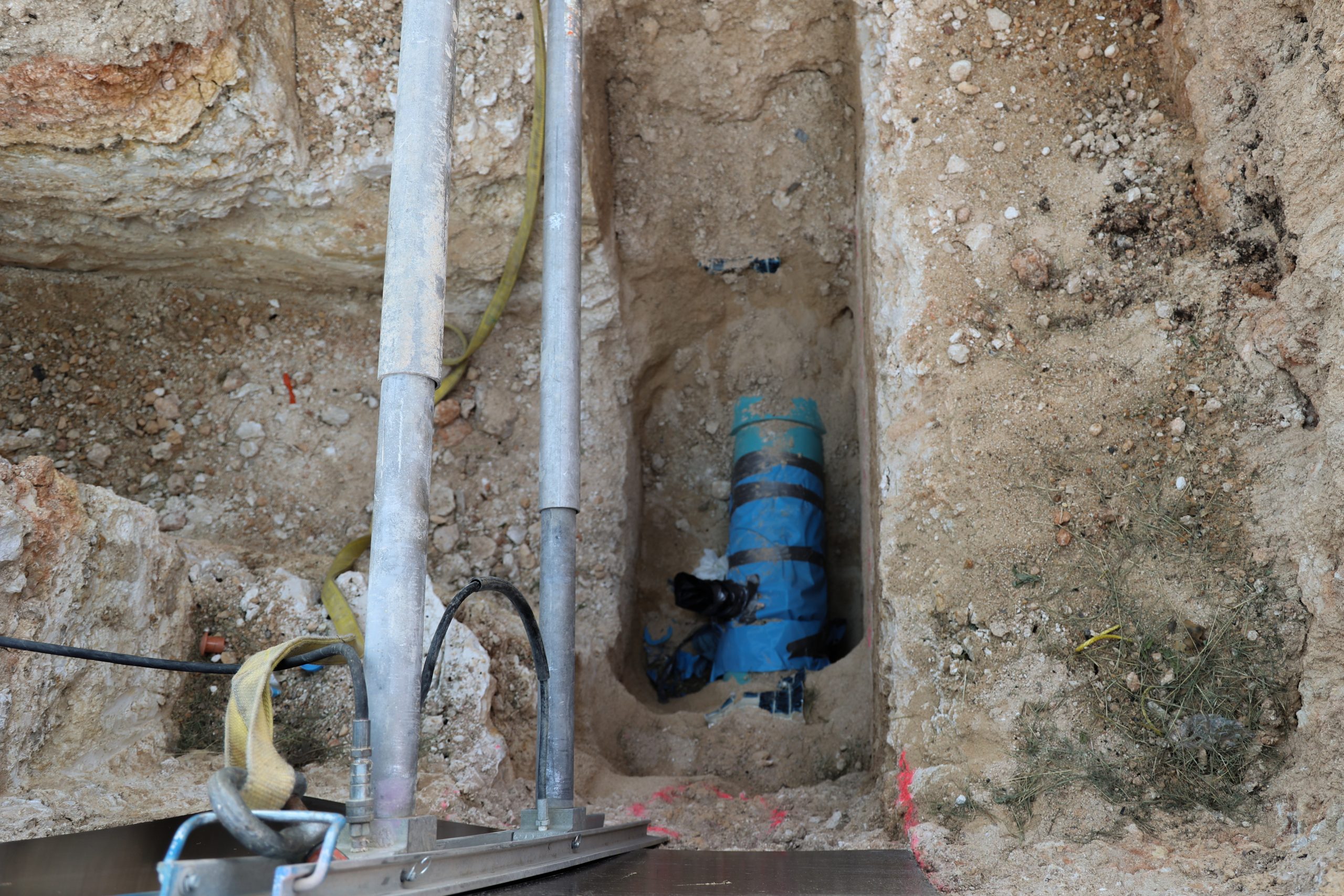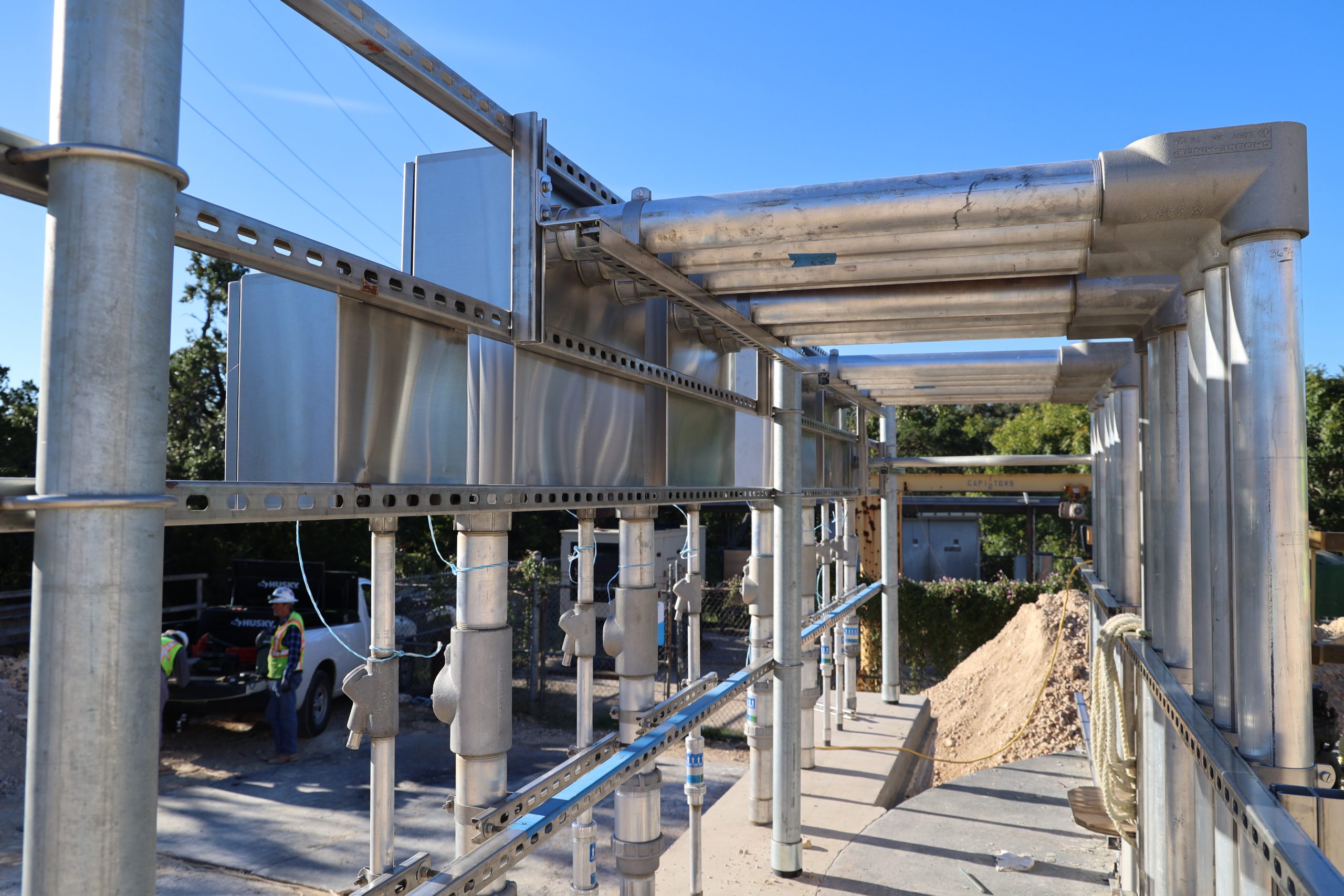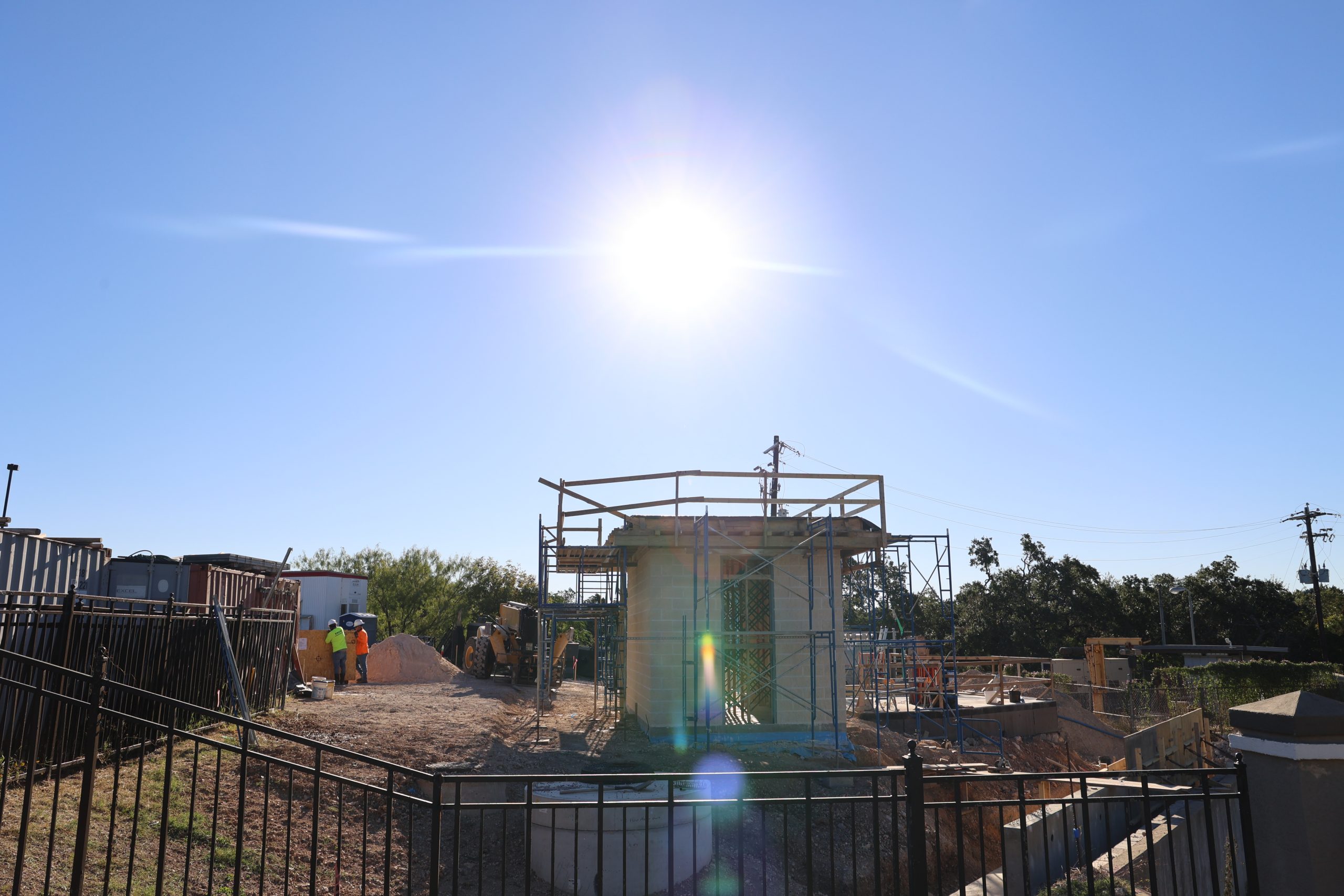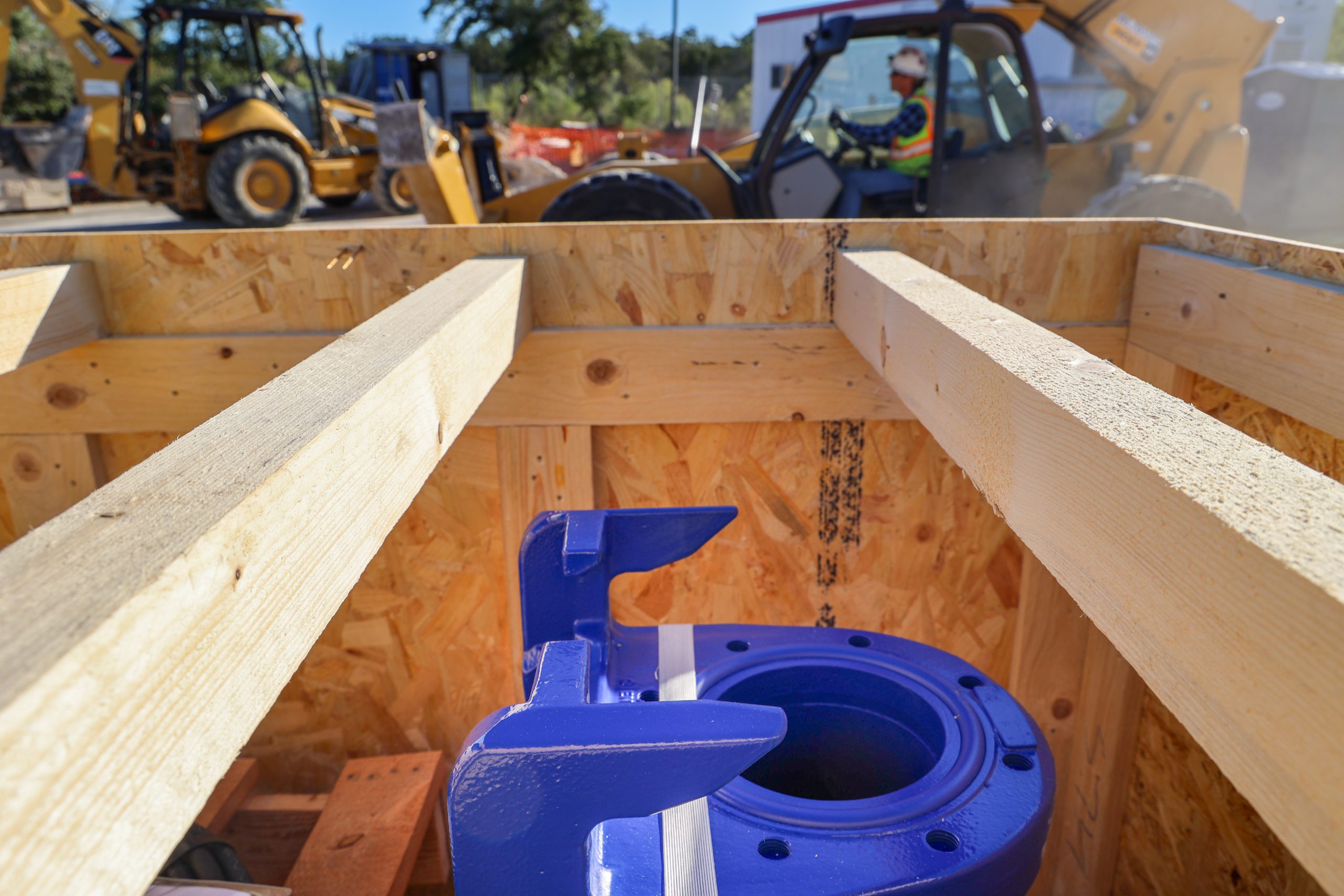City of Austin Rock Harbour Lift Station Improvements
Furthering the City’s Northwest Area Lift Station Improvements
Project Purpose
In 2016 the City of Austin conducted the Northwest Lift Station Study to identify lift station and force main improvements based on condition or capacity needs. Pursuant to recommendations in that study, work, the City retained KFA to design one of the improvements: the Rock Harbour Lift Station Improvements project. The purpose of the project is to increase the capacity of the Rock Harbour lift station by constructing a new wet well, valve vault, and electrical improvements that meet current City standards.
Project Approach
First KFA completed a feasibility study and preliminary engineering. Then we received authorization to develop detailed design. The design incorporated two phases:
- An interim phase, during which the pump station will continue to pump through 4,800 LF of existing 12-inch force main; and
- A future phase, where flow from the lift station will be directed to a 16-inch force main about 11,000 feet long.
Our design of the lift station improvements included selecting the pumps and sizing the wet well for the projected future flows. In addition, we designed the layout for the proposed lift station to allow the existing lift station to remain in service during construction. We coordinated with subconsultants for the electrical improvements, structural design, and selection of screening equipment.
Our team provided solutions to the following challenges as part of this project:
- Due to the different force main configurations, new pumps are required in each phase. We worked with the pump suppliers to select pumps that could work with both phases by replacing the impeller instead of installing new pumps for the future phase.
- Since the lift station received a large amount of rags, we evaluated macerator units during the preliminary phase. To reduce the amount of space needed to remove the rags, a vertical screening unit was selected during design.
During construction, KFA has continued to be an integral part of the team. We are working with City of Austin personnel and the Contractor to deliver the project.
As a separate project, KFA is also designing approximately 4,500 linear feet of 18-inch HDPE force main that will connect to the existing 16-inch Four Points #2 Force Main. The proposed force main is required to accommodate the increased regional flows to Rock Harbour Lift Station and to facilitate the decommissioning of the Four Points #2 Lift Station. Preliminary design was completed on the force main project in February 2021. Final design began in February 2022. Design and permitting is expected to be complete in January 2024. The project is expected to bid in March 2024 with construction beginning in October 2024.
Project Results
For the lift station, KFA submitted 100% design in late 2021 including easements and permitting. Bids for the construction work were accepted in April 2022 with Notice to Proceed for Construction in October 2022. Construction is expected to be complete by May 2024. This project increases capacity for wastewater collection, removes rags from the collection system, and reduces the risk of wet weather overflows.

